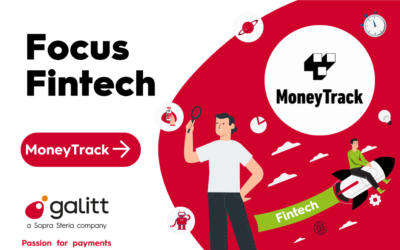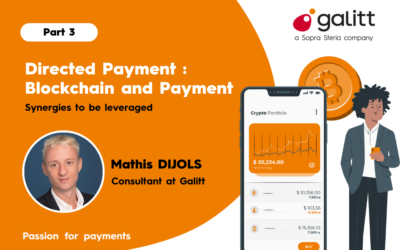Meal vouchers, towards all digital?
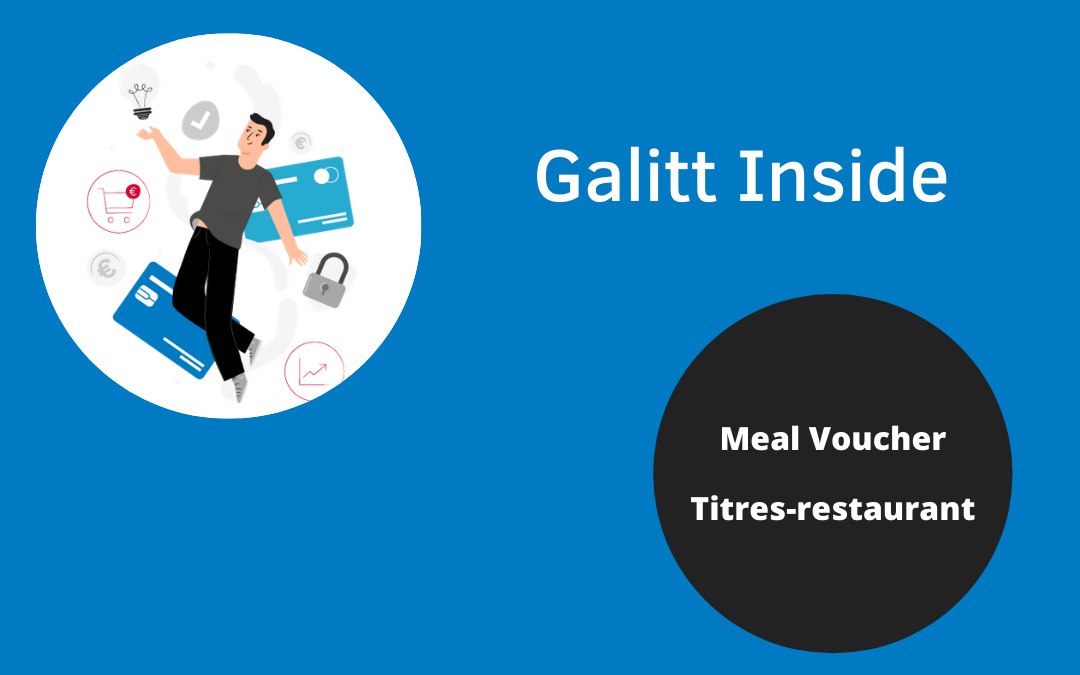
Meal vouchers are a social benefit introduced at the end of the 1960s in France. They have lasted for decades, accompanying company employees and becoming a flagship service used by almost everyone who is eligible. The advent of digital technology has of course had an impact on these meal vouchers, which are slowly making the transition from a physical medium to a digital platform that can be managed online, from paper checks to cards.
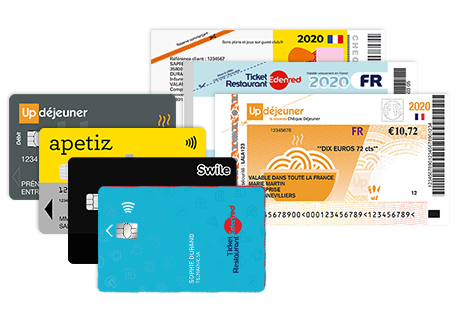
The transformation of meal vouchers in France
The French meal voucher market has historically been shared by four major players, Edenred, Sodexo, Natixis and Up, each with its own version of the voucher. For many years, the main form of meal vouchers was paper vouchers. Each month, employees of companies offering these vouchers receive a book of vouchers that they can use at approved restaurants.
In 2014, a decree endorsed the possibility of dematerializing these vouchers in a form other than paper. There followed a period of deployment of alternatives, in the form of a card or mobile application. This is how Moneo Resto, Resto Flash or more recently Swile were born.
In 2021, the paper format is holding its own, even though it is getting older and older in the digital age we live in. Why print hundreds of thousands of physical luncheon vouchers when there are ways to distribute them in dematerialized form?
It was from this question that the desire to change the way meal vouchers work was born. The management of paper vouchers for restaurant owners can be long and tedious, having to sort them, keep them and finally send them. Finding a dematerialized and relatively automated system can be a real breakthrough for these restaurant owners as well as for the CNTR (Commission Nationale des Titres Restaurants), the organization in charge of the reimbursement of the vouchers.
Among the historical players, Edenred has modified its offer over the years to adapt it to the new consumption habits of its customers. From their mobile application MyEdenred, their customers can benefit from more advanced services such as the possibility to order their meal in advance, so that it is ready when they arrive. They can even reserve a table, specify a preparation time, etc… Everything is done to improve the experience of the users of these mobile meal vouchers.
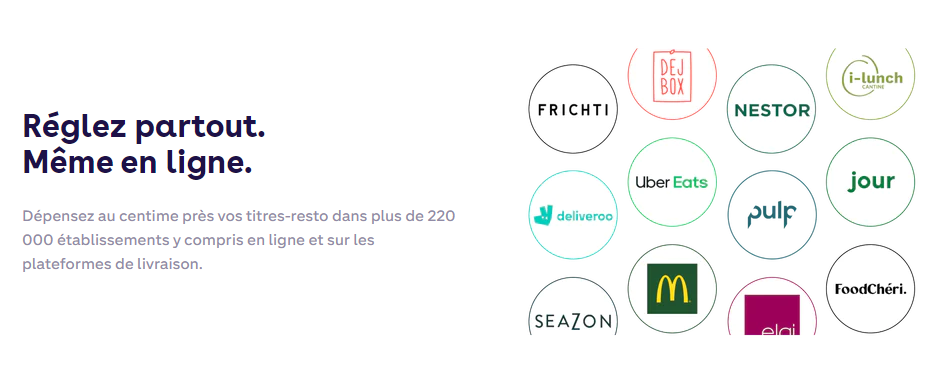
Restaurant operators, on the other hand, have better management of the flow of customers into their establishment, while expanding their service offering. After these years of transition, however, the end of dematerialization of meal vouchers is looming, as Edenred and Natixis have announced the end of physical voucher distribution by 2022. Statistics on dematerialized vouchers are also on the rise: for Natixis and its Apetiz offer, dematerialized vouchers account for 20% of the total value.
New players have appeared in the rather closed meal voucher sector. We mentioned the four main players in France: they are now joined by new participants. Among them is Swile (formerly Lunchr), which has succeeded in convincing the Carrefour group, the largest private French employer, to integrate its solution for the retail giant’s employees.
Ultimately, for consumers, this dematerialization reduces the chances of losing the vouchers or reaching their expiration date, offers new services (sharing the bill directly on the app, for example) and gives the possibility to pay to the penny, avoiding the user to lose a bit of his balance each time.
For restaurant owners, dematerialization has brought a simplification from a logistical point of view and a reduction in insecurity. In addition, the showcase provided by the mobile application, allows them to promote their offer and improve the management of flows in their establishments, reducing the queue at the counter and improving the collection in general.
Finally, it is above all a source of reduction of fraud which was very present on the paper tickets.


